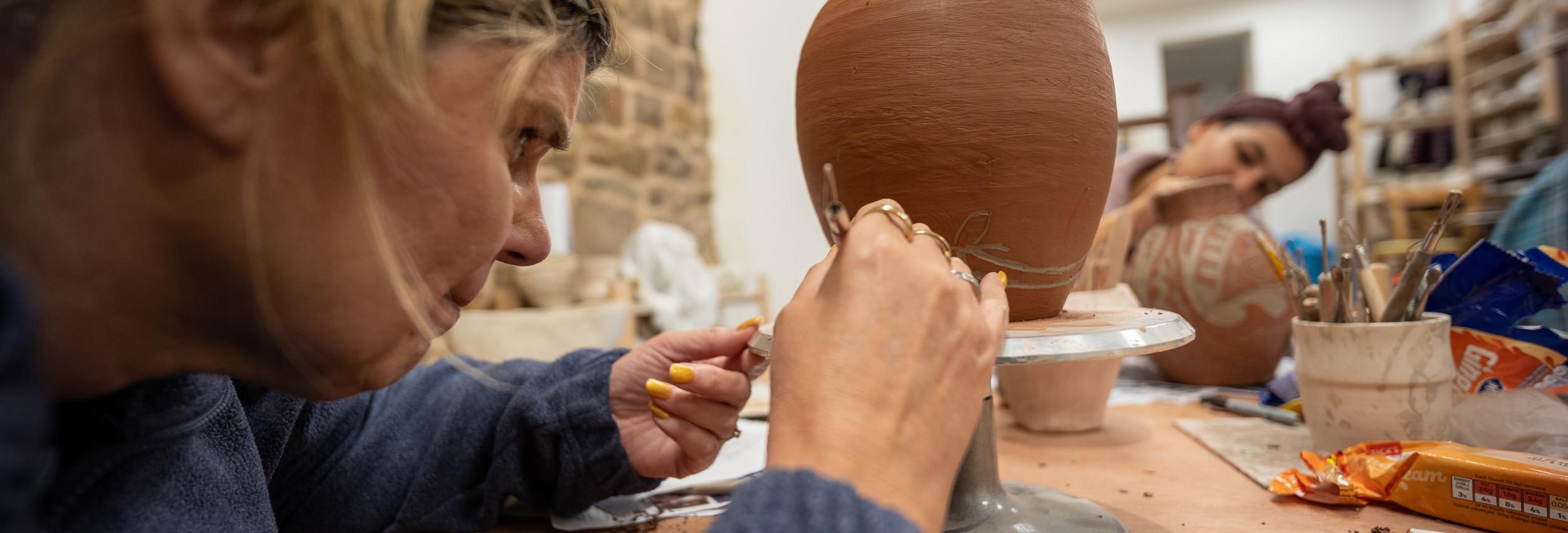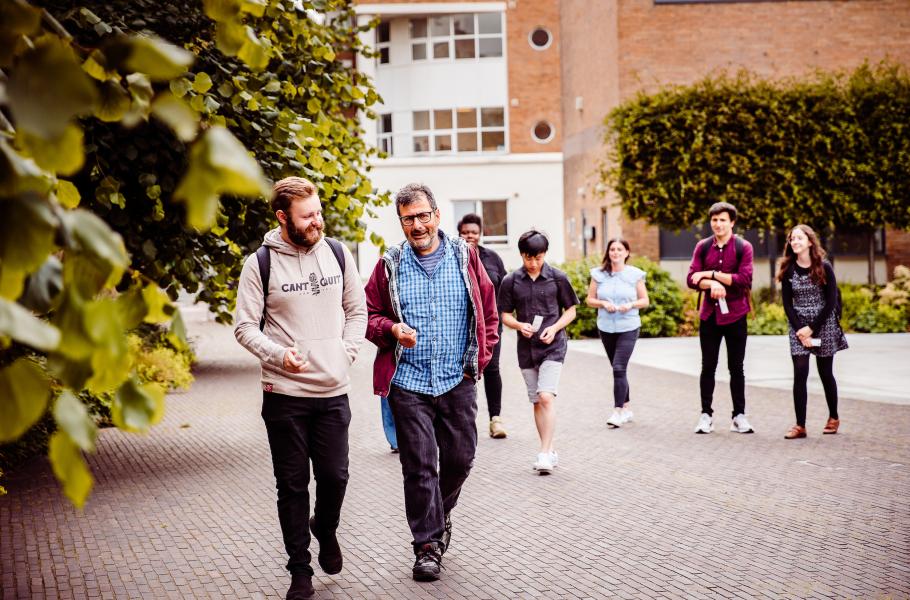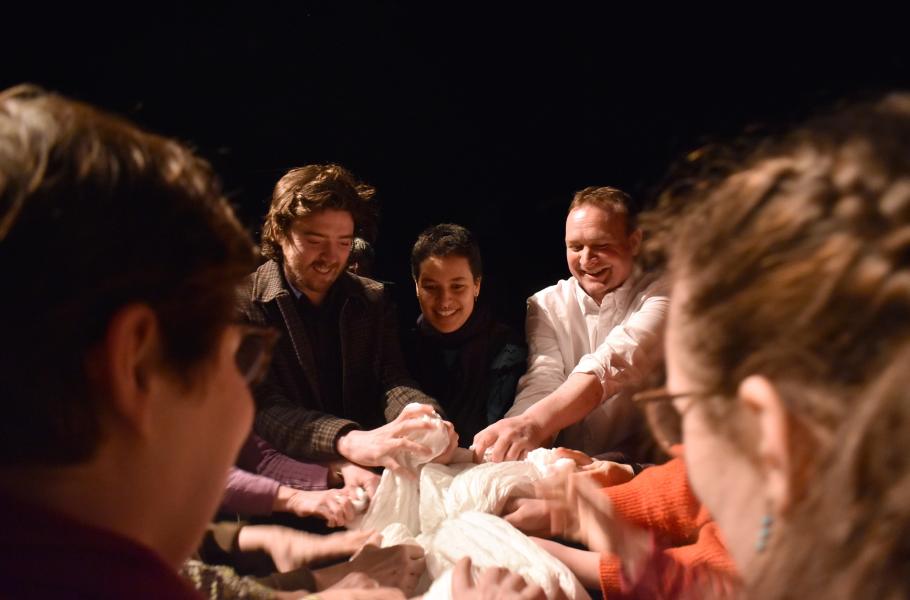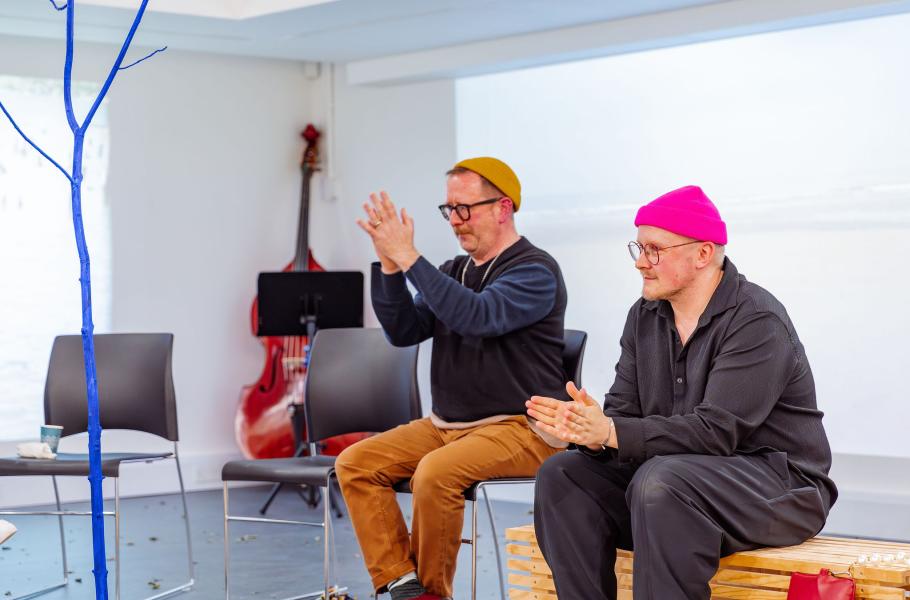Shaping a City Together
Mill Race: Flow of Change, was a three year cultural programme that Lancaster Arts oversaw in partnership with Lancaster City Council, that recently came to a close. Funded by Historic England, Mill Race: Flow of Change animated the Mill Race area of Lancaster, so-called due to the historic watercourse running beneath the streets that was used to power the town’s early industries. Between 2021 and 2024, there were 14 commissions that took place in the Mill Race area with music, exhibitions, dance, craft, theatre, film and happenings in the street. In this blog, Lancaster Arts director Jocelyn Cunningham looks back over the last three years.
Posted on 26th Apr, 2024
‘Did all of this really happen in Lancaster?’
Early on in the recently completed Mill Race Cultural Programme, there were workshops held in local schools about the mill race flowing under the streets of the city - inspiring wonder and curiosity. The intention of the programme from the very beginning was to invite curiosity and find different ways of bringing artists and Lancaster District residents together to shape and create arts and cultural projects.
Along with the above question, another student said:
‘I don’t know if it is true or not (about the hidden waterway) so I listened underground but all I could hear was waterpipes and people.’
The school children were encouraged to create a soundscape of the mill race with sounds and words. These informed the sounds created in the Flow of Change commission with artists Loz Kaye and David Boultbee in April 2022. The lyrics the children created were then transformed by Loz into a song called The River Runs which completed the whole programme in March 2024.
Over the three-year programme people of all ages were captivated by this hidden and ancient mill race that powered the early industrialisation of the city. The area around the mill race is home to many historic buildings, which include the Grand Theatre, one of England’s oldest theatres, the Grade ll* listed Georgian St. John’s church and on the Heritage at Risk Register, housing, small businesses and a mill that together, tell a rich story of Lancaster’s history. It is bisected by an arterial road that discourages further exploration. Many of its historical and aesthetic assets and features have been overlooked, with some buildings falling into disrepair. Until now, there have been few cultural activities or regeneration projects.
Mill Race: Flow of Change was funded by Historic England and complementary to the Heritage Action Zone, run by Lancaster City Council. Launched in a car park in September 2021 and completed at the Grand Theatre in March 2024, the programme worked with more than 40 artists and creatives. Lancaster Arts managed the programme, working closely with the regeneration team of the council. For us, it was always about making new connections, about the history of future of this part of the city, between the heritage and arts communities and between the people who took part in the programme.
Each of the 18 commissions found different and often unusual ways of engaging with people at the beginning of the artwork to shape early ideas, like the primary school children mentioned above or in response to it so everyone had the opportunity to directly influence every bit of the programme. When you have a direct hand in creating, you are more invested in the ideas. And this happened in many different ways from considering the places that we miss in A Place for Grief in St John’s to creating jugs that mark a wide range of histories in the mill race area in Spill the Mill Race. These jugs will be on display at both the City Museum and the Maritime Museum in May.
At the final celebration event that took place at Lancaster’s Grand theatre which is situated in the heart of the Mill Race area, attendees were asked to consider the legacies of cultural work that accompanies regeneration.
‘What will stay with me? That Lancaster is full of creative and curious people who can come together to create new relationships to our past and future.’
For further information please visit the Mill Race website.




